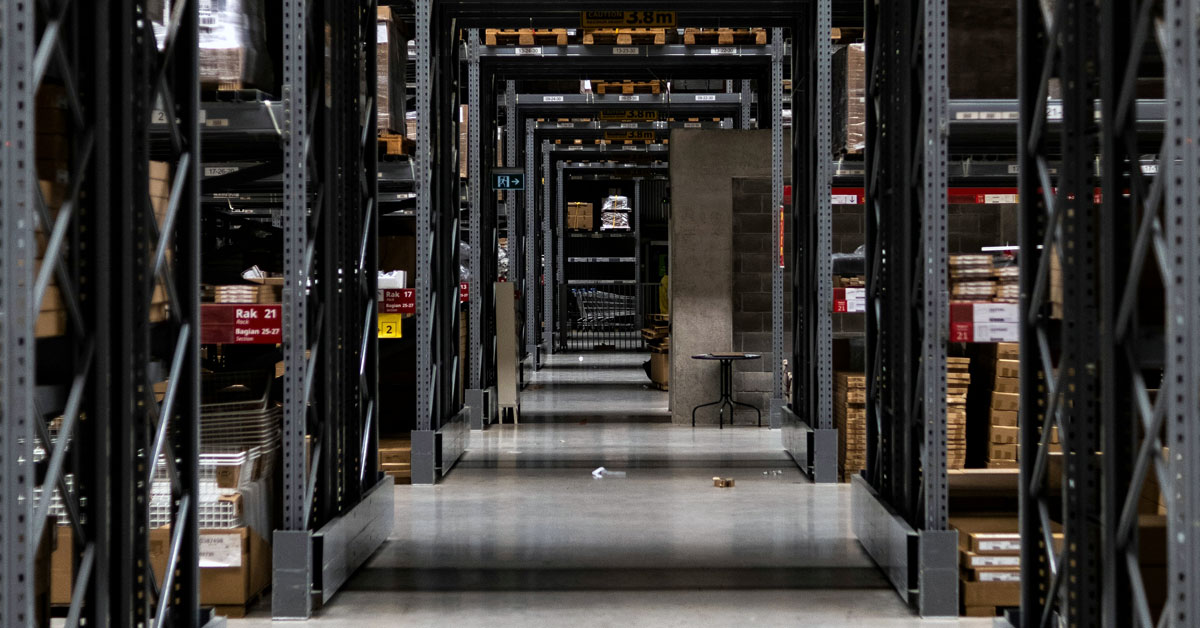How can the global foodservice industry effectively combat the massive challenge of food waste, especially in the context of popular buffet-style restaurants?
Wasted food presents a global issue with significant economic and environmental consequences. Approximately one-third of the world’s food is wasted each year, costing an estimated $750 billion and occupying vast agricultural land. In this context, the hospitality industry stands as a major contributor, accounting for 17% of the total waste, with a significant portion being avoidable.
While extensive research has explored waste in various segments of the hospitality industry, buffet-style restaurants have received limited attention. These establishments face unique challenges due to their all-you-can-eat model, resulting in substantial waste.
By addressing waste in buffet establishments, we can make progress towards a more sustainable future, where food resources are utilized efficiently and negative impacts are minimized. It is crucial for the hospitality industry, including buffet-style restaurants, to adopt sustainable practices and implement effective strategies for waste reduction. Through careful planning, portion control, and customer education regarding waste consequences, buffet restaurants can play a significant role in promoting a more sustainable food system.
Reducing waste in buffet establishments not only benefits the environment but also has economic advantages. By implementing waste reduction strategies, such as monitoring and adjusting food production, minimizing excess, and repurposing leftovers, buffet restaurants can minimize their environmental footprint and improve their profitability.
Food Waste in Buffet Restaurants: A Growing Concern
Buffet-style restaurants are recognized as among the most significant food-waste generators in the hospitality industry. Factors such as large portions, diverse menu options, unpredictable customer demand, and restaurant culture contribute to this issue. Buffets typically yield more wasted food compared to à la carte restaurants due to uneaten food on plates and service counters.
The causes of food waste in buffet restaurants can be categorized into several key areas:
1. Forecasting Food Demand and Menu Design
Accurate forecasting of food demand and menu planning play a pivotal role in mitigating food waste. Extensive menu choices, while essential for attracting customers, can lead to excess food production and, consequently, more waste.
2. Measuring and Monitoring Food Waste
To identify common plate waste items, separate waste bins are recommended in preparation and service areas. Continuous monitoring of wasted food, including customer plate waste, can significantly reduce waste generation.
3. Communicating and Engaging Employees and Customers
Awareness among employees and customers about food waste is essential. Effective communication throughout the foodservice process, from menu planning to guest education, can play a critical role in reducing waste.
The Global Challenge of Food Waste
Throughout the world, the foodservice industry is undergoing rapid expansion, leading to a proliferation of restaurants catering to diverse tastes and preferences. This growth, however, exacerbates a pressing issue. In 2020, the global community grappled with the staggering problem of food loss, with an estimated 1.3 billion tons of food discarded each year, equivalent to roughly one-third of all food produced. This issue transcends national boundaries, impacting economies and the environment on a global scale.
Buffet-style restaurants, renowned for their popularity, face distinct challenges in tackling this problem, yet research on effective strategies to reduce waste in these establishments remains limited. This concern is not isolated to any specific region; it is a worldwide predicament that necessitates innovative solutions and heightened awareness across the foodservice industry.
Corporate Management Approach to Reduce Food Waste
This study investigated waste management practices in Taiwanese buffet restaurants. The research identified and evaluated wasted food at various operational stages and developed corporate management strategies to minimize waste. Key strategies include:
1. Establishing a Central Kitchen
A central kitchen can help control food quality, reduce spoilage, and minimize waste in the pre-restaurant stage.
2. Cooperation with Qualified Suppliers
Partnering with trusted suppliers can ensure a steady supply of fresh ingredients, reducing the risk of overstocking and waste.
3. Accurate Forecasting
Accurate forecasting of customer numbers and food demand enables better planning and reduces unexpected waste.
4. Aesthetic Restaurant Design
Open kitchens and personalized dish plates can enhance the dining experience while minimizing excessive food disposal.
5. Redesigning the Service Method
Smaller portion sizes and open kitchens can reduce waste by giving customers more control over their meals.
6. Measuring and Monitoring Food Waste
Regularly monitoring waste at both preparation and service stages helps identify areas for improvement.
7. Proactive Communication
Engaging with both employees and customers through training, feedback mechanisms, and awareness campaigns can lead to a reduction in waste.
Conclusion
Food waste in buffet restaurants is a pressing concern, with substantial economic and environmental consequences. The study conducted in Taiwanese buffet restaurants highlights the importance of implementing a corporate management approach to tackle this issue effectively. Strategies encompass pre-restaurant practices, on-site preparations, and engagement with customers and employees.
As buffet restaurants continue to thrive worldwide, adopting these food waste reduction strategies can not only benefit the environment and economy but also enhance the sustainability of the foodservice industry. Furthermore, collaboration between government bodies, restaurant operators and customers is essential to creating a comprehensive and effective framework for reducing wasted food in buffet restaurants.
For more information on food waste management, we recommend the following resources:
_________________________________________________
FoodPrint – How Restaurants are Tackling Food Waste
: https://foodprint.org/blog/restaurants-food-waste/
FoodNotify – Food Waste in Restaurants: Exploring the Facts: https://www.foodnotify.com/en/blog/food-waste-facts-restaurants
Simplot Foods – Restaurants Take On Food Waste
: https://simplotfoods.com/blog/restaurants-take-on-food-waste







